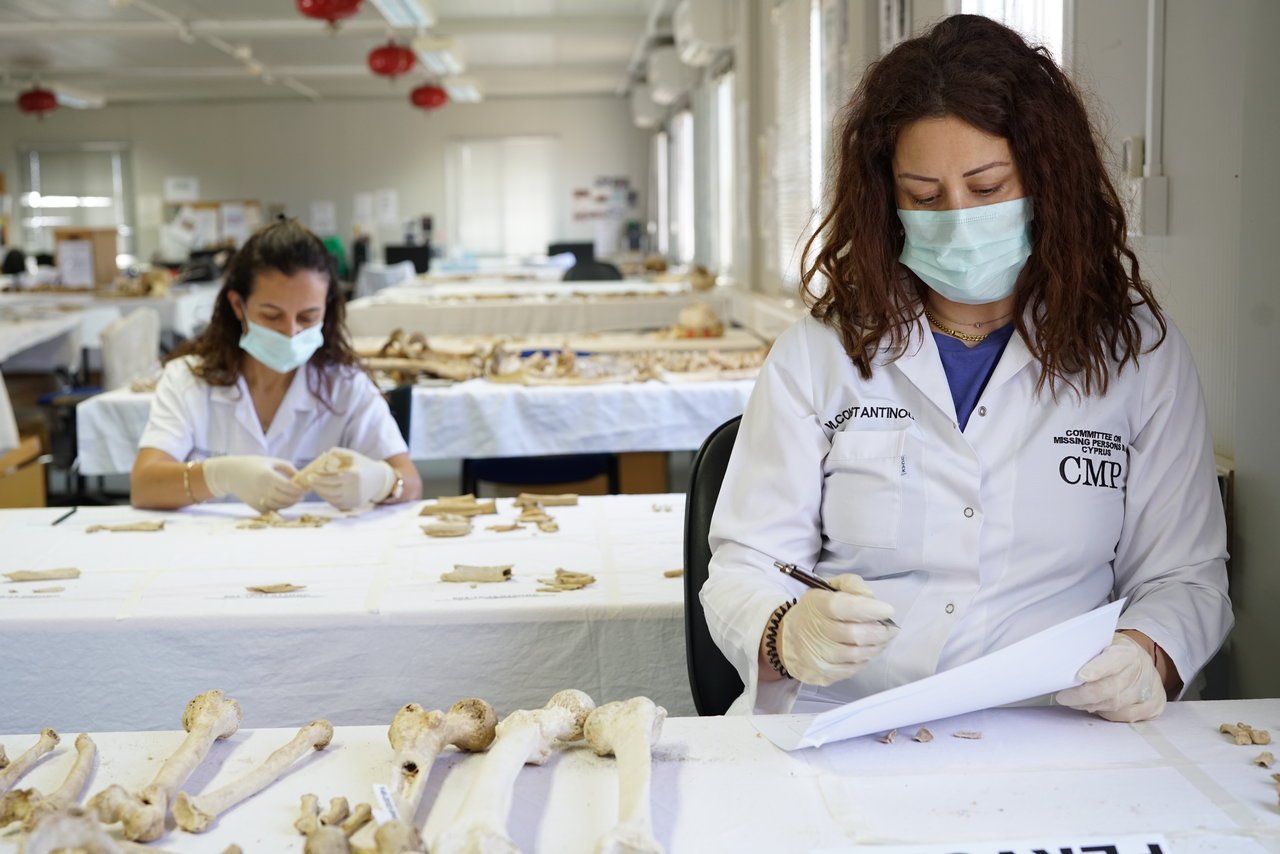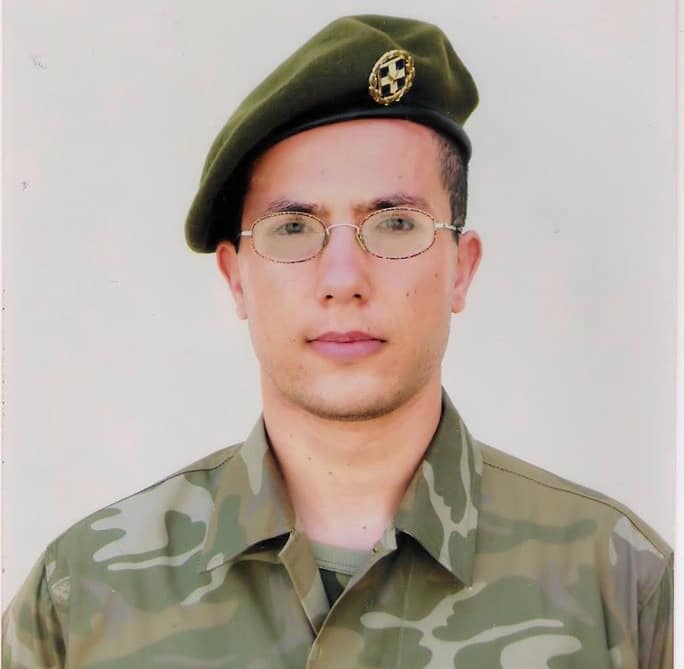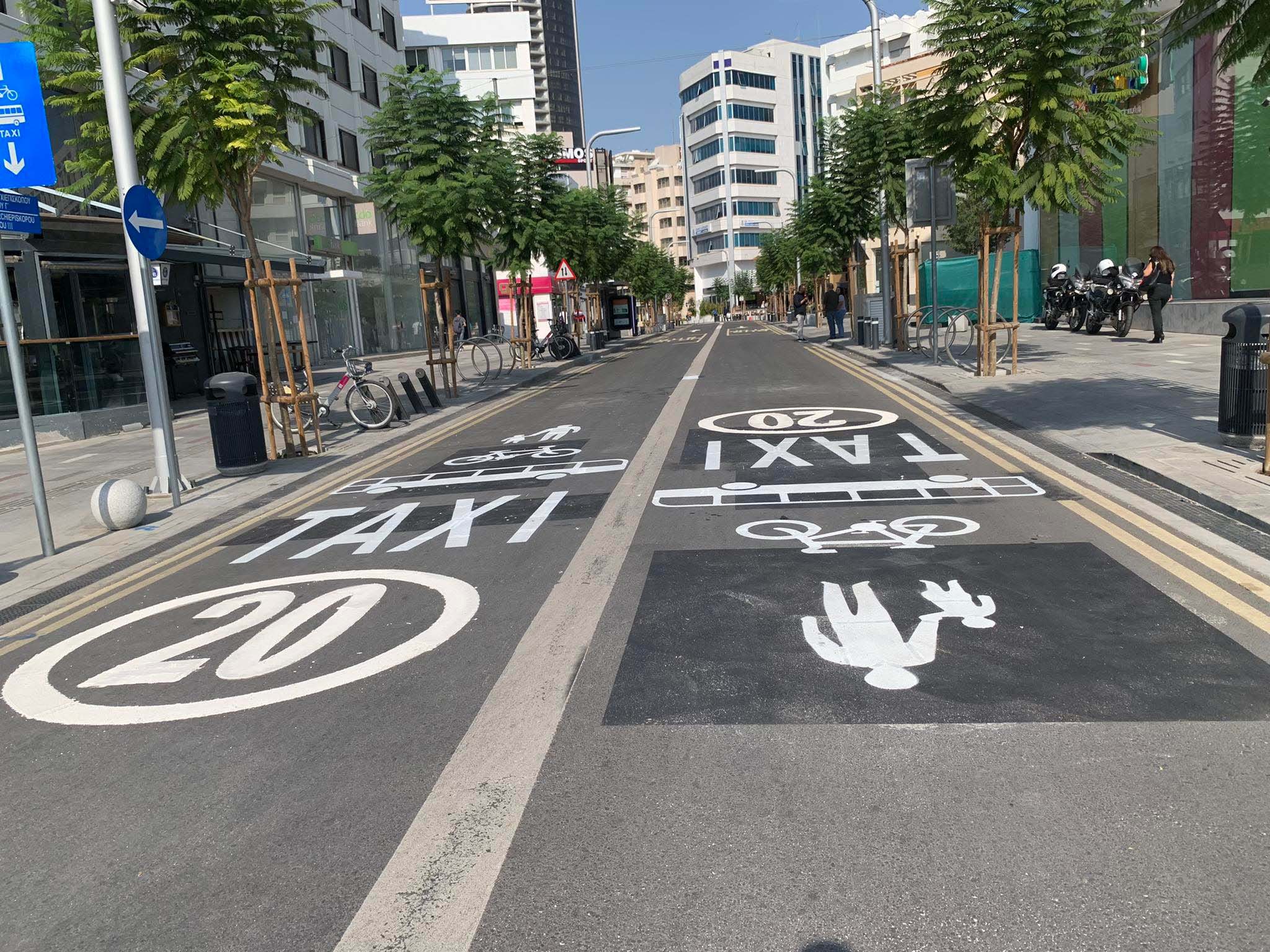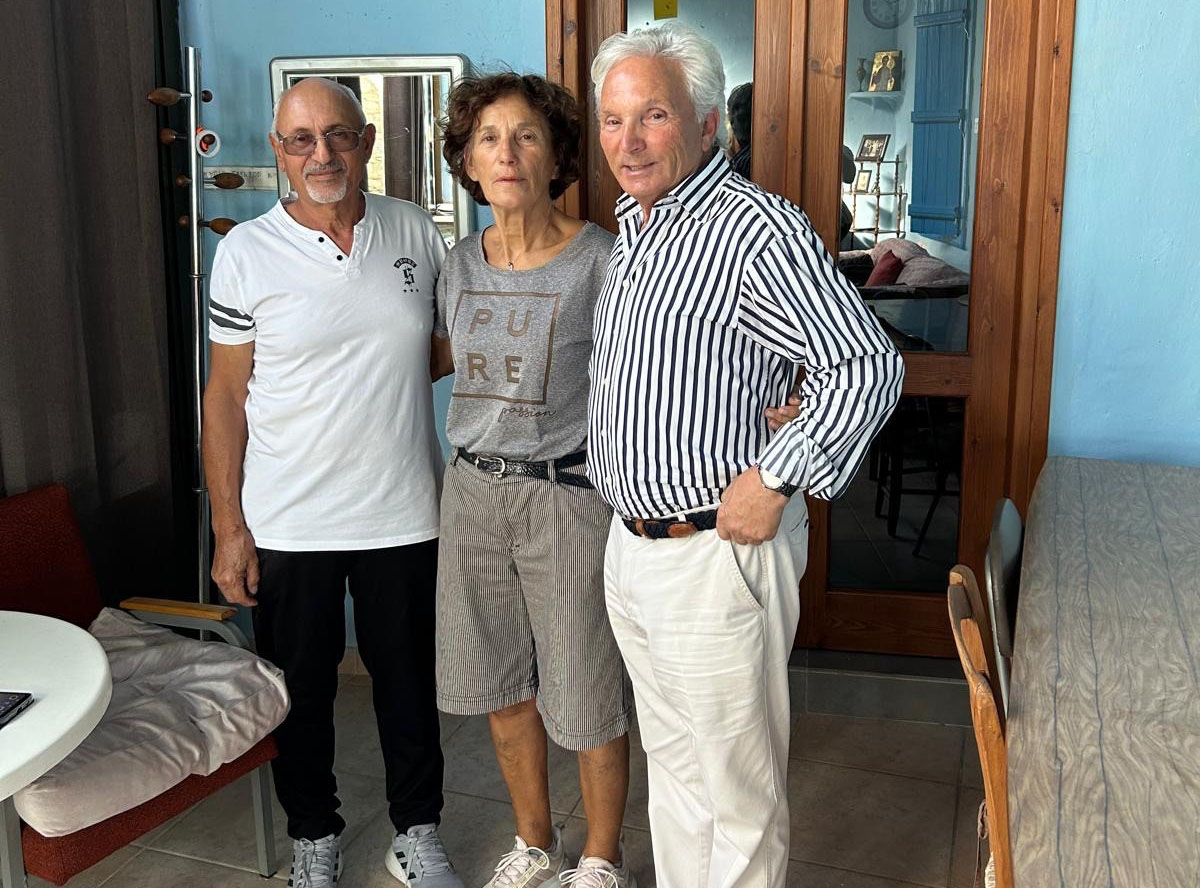In the immediate aftermath of the 1974 Turkish invasion of Cyprus, the authorities’ primary concern was to assist the more than 150,000 people who were displaced and forced to seek shelter in tents and open fields. Amid this humanitarian crisis, the issue of the missing—an unresolved tragedy to this day—began to emerge just weeks later.
Nikos Sergides, chairman of the organisation of relatives of undeclared prisoners and missing persons, said that during those initial weeks, the International Red Cross published lists of prisoners. A significant number of soldiers and civilians were absent from these lists, despite testimony and evidence indicating they had been arrested and held by Turkish forces.
“The relatives contacted an International Red Cross team that came to Cyprus and declared their disappearance,” he said. “The anxiety peaked at the end of October 1974, when the exchange of prisoners was completed and many of the missing did not return.”
Faced with confusion and contradictory information, families began to organise themselves. “A group of fathers of the missing, led by Priest Christoforos, Lazaros Skalistis, Aristides Constantinou and others, created the organisation demanding that Turkey provide information and explanations,” he added.
Sergides said marches and demonstrations were held in Cyprus and abroad to pressure for answers. Although the Committee on Missing Persons (CMP) was established in 1981, it remained inactive until 2006 due to the Turkish stance, he added. As a result, 51 years later, around 800 people are still unaccounted for.
Elias Georgiades, who served as the Greek Cypriot representative to the CMP from 1985 to 2011, said the committee was ineffective for many years due to internal disagreements and tactics. He praised the determination of the families and the diaspora, and added that a positive shift occurred in 2004, leading to the start of the exhumation programme.
Although an agreement was reached in 1997 between leaders Glafcos Clerides and Rauf Denktash, it was never activated due to Turkey’s stance. However, Georgiades said this agreement marked the first time Denktash accepted references to possible burial sites.
He added that Turkey’s EU aspirations, a 2001 European Court of Human Rights decision, and advances in DNA technology also helped push the process forward.
Georgiades said Turkish Cypriot families of the missing were also mobilised to support the government’s search programme. He recalled a statement by Rustem Tatar, father of Turkish Cypriot leader Ersin Tatar and then a member of the CMP, that he would accept the search for burial sites in the occupied areas.
The early efforts to organise records and data on the missing came from the police, Cyprus Intelligence Service, and National Guard, Sergides said. These were eventually gathered under the newly formed Government Service for Missing Persons. Additional material came from the UN peacekeeping mission and the Red Cross archives.
Sergides said the CMP received this information only two or three years ago. The first lists, compiled by the International Red Cross from family statements, were shared at the Ledra Palace talks in June 1975 and included around 2,500 names. Many were later considered closed cases, with hundreds of duplicates.
He said the final list of 1,619 missing persons was drawn up, and in 1995 the government removed 126 individuals confirmed dead. The remaining 1,493 names were published in the official Gazette on July 10, 2000. Another list of 1,009 dead, including both soldiers and civilians, was also published.
Leonidas Pantelides, who has served as the Greek Cypriot CMP representative since 2019, said families played the most crucial role in gathering information.
He said initial reports came from various sources, including statements from survivors and the enclaved during 1975 and 1976. UN and Red Cross files became available more recently, with key research trips made to Switzerland and New York between 2016 and 2020.
Pantelides added that although UNFICYP records became accessible, no systematic effort had been made to analyse the material until recently. All information, including archaeologist reports and photos, is now stored in a centralised database, and much of it was digitised during the coronavirus lockdown.
He said the CMP itself was created due to pressure from families. When it was established in 1981, no official list existed, and deep distrust prevailed between the sides. Eventually, a single list was agreed upon, starting with 1,619 names and later reduced to 1,510.
Pantelides said no excavations took place until 2006. In 2004 and 2005, the Greek Cypriot side began digging, which gave momentum to the process. Bi-communal teams were eventually formed, and since then, 1,700 excavations have been conducted.
He said early excavation efforts were supported by experts from Argentina. Asked about his personal experiences during fieldwork, Pantelides said it was impossible to choose a single case.
“How can you possibly do that? How do you distinguish a case of a soldier who fought alone from a case of a mass execution of forty people? Each case is tragic, dramatic, and you get attached,” he said.
He added that the CMP office is open daily to all relatives, Greek Cypriot and Turkish Cypriot alike.
According to information provided to CNA on July 8, CMP teams are currently investigating nine sites across the Republic and the occupied north. In five locations, the data suggests the presence of up to six individuals. Excavations have previously been conducted in some of these areas, where the remains of 59 people were exhumed.
As of early May 2025, the CMP has exhumed 1,704 sets of remains. Out of 2,002 total missing persons, 1,054 have been identified.







Click here to change your cookie preferences